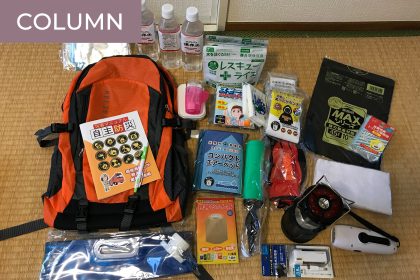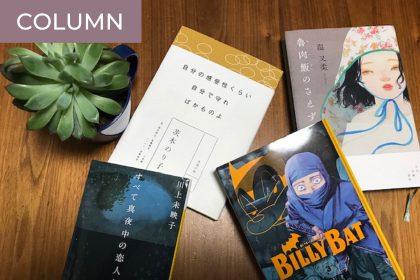Digital flashcard applications are a popular and effective way to study Japanese kanji and vocabulary. However, not all flashcard applications are created equal. Reviewing flashcards in a random or sequential order is not the most effective way to learn. You need an application that can leverage the power of spaced repetition to quiz you on the right content at the right time to help you enshrine words and kanji characters in your long-term memory.
Reviewing the Case for Using Flash Cards
If my previous articles failed to convince you of the value of flashcards, allow me to reference a more authoritative author to make my case. According to Peter C. Brown, author of Make It Stick: The Science of Successful Learning, “Retrieval practice—recalling facts or concepts or events from memory—is a more effective learning strategy than review by rereading. Flashcards are a simple example. Retrieval strengthens the memory and interrupts forgetting. A single, simple quiz after reading a text or hearing a lecture produces better learning and remembering than rereading the text or reviewing lecture notes.”
Considering how quick and easy it is to create and quiz yourself with flashcards, they are the ultimate tool for retrieving what you are learning from your Japanese lessons and textbooks.
The Power of Spaced Repetition
Don’t run off and start building your first kanji card deck just yet—any old flashcard app won’t do. You need to select an application built on an algorithm that will leverage the power of spaced repetition. A reliable flashcard application should quiz you on the words that you struggle with more frequently and vice versa for the words that you can easily recall. This results in the spacing out of your studies with different material resurfacing at hourly, daily, and monthly intervals.
For example, you can see a typical spaced-repetition system (SRS) at work in the popular Wanikani kanji studying software. In this system, once you study a new kanji character or vocabulary word, you’ll have to wait four hours until you can review it. If you recall what you learn during your first review, the card will move to a higher SRS stage and won’t reappear for eight hours. Keep getting it right, and the interval increases to one day, two days, one week, and so on. This continues until the interval reaches four months. If you can recall the flashcard content after that, the item is considered mastered (or “burned” in Wanikani parlance), never to appear again.
Worrying about timing and algorithms might seem too troublesome for the traditionally rote act of learning new vocabulary. If you’re like most Japanese learners, planning to tackle the 2,136 joyo kanji and the 3,863 official readings that accompany them, studying with a spaced repetition algorithm can literally shave years off of your language learning journey. With this in mind, choose wisely before you invest time and effort in a learning platform. If you’re not sure where to start, check out my list of favorites here: The 5 Most Effective Flash Card Programs for Learning Japanese.





